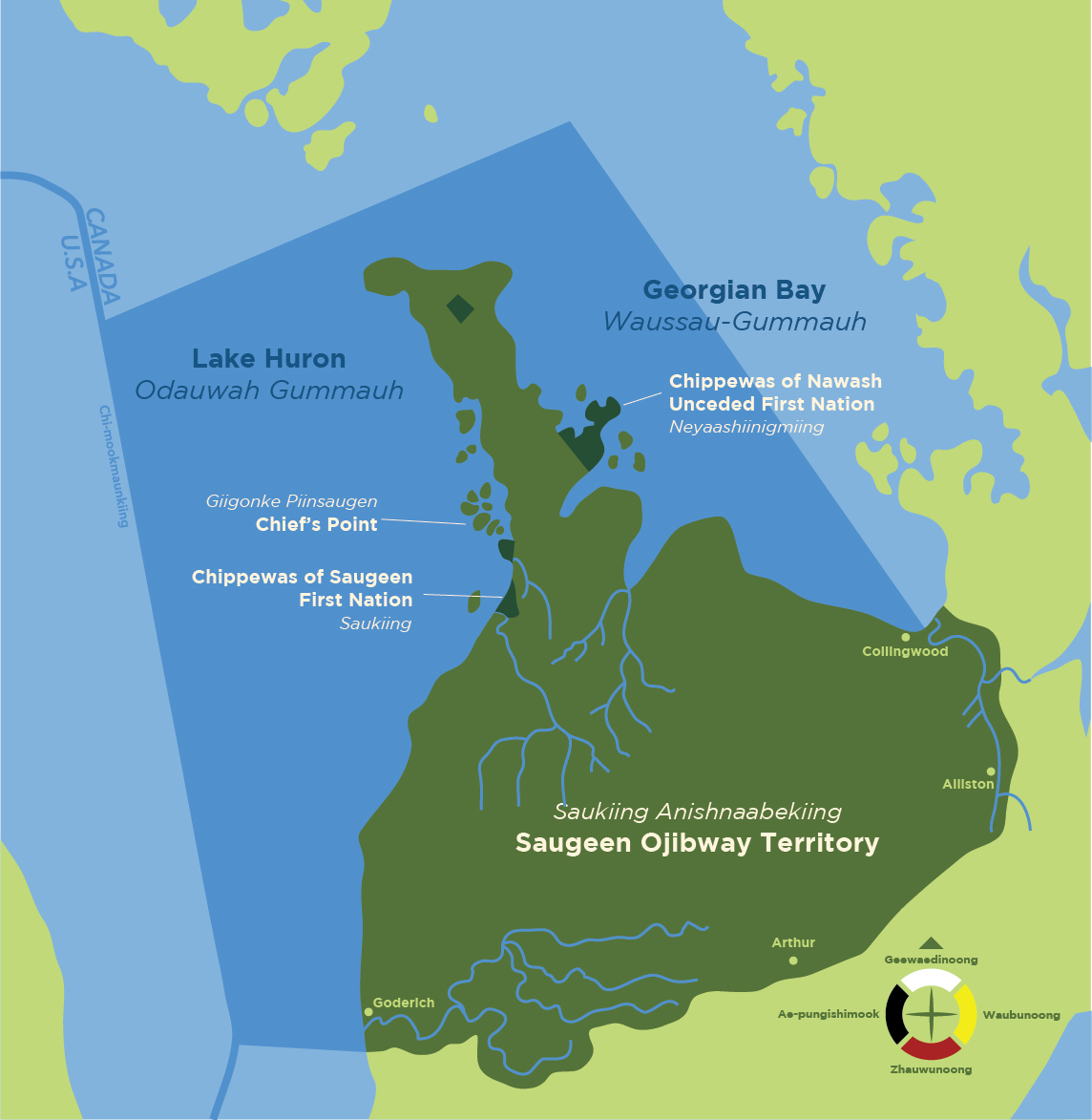Joint Council & Rights
Our History


Saugeen Ojibway Nation (SON) Members are invited to register and create a profile to access exclusive Member-Only information and resources. Stay connected with updates and opportunities designed for our community. Member resources will be available soon—check back regularly for updates!